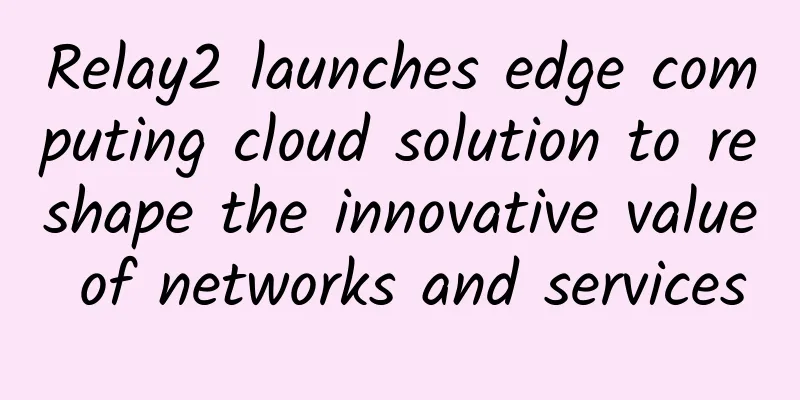HTTP methods and usage scenarios

|
HTTP (Hypertext Transfer Protocol) methods, also known as HTTP verbs, define the actions that can be performed on resources. Understanding the use of these methods is essential for web development because they facilitate the interaction between clients and servers. Here is an overview of the most commonly used HTTP methods: 1. GETPurpose: The GET method requests a representation of a specific resource. It only retrieves data without changing the state of the resource, making it a safe and idempotent method. It is mainly used to get documents or query data. Examples: browsing websites, searching on platforms. 2. POSTPurpose: The POST method submits data to be processed to a specified resource, usually resulting in a change of state. It is used to create resources or submit form data. Example: Submit a web form to create a new user account. 3. PUTPurpose: The PUT method is used to update an existing resource. Unlike POST, PUT is idempotent, meaning that subsequent identical requests should produce the same results. Examples: updating user profiles, changing settings. 4. DELETEPurpose: The DELETE method deletes the specified resource. It is also idempotent, meaning that the effect of a single successful operation is the same no matter how many times it is executed. Examples: deleting a user account, removing a file. 5. PATCHPurpose: The PATCH method updates a resource rather than completely replacing it, providing greater efficiency for small changes. Example: Updating a portion of a user's profile, such as an email address. 6. HEADPurpose: The HEAD method requests a response identical to a GET request, but without a response body. It is used to retrieve meta information written in the response header without transmitting the entire content. Example: Check if a web page exists, retrieve the size of a resource. 7. OPTIONSPurpose: The OPTIONS method describes the communication options of the target resource, allowing the client to determine the capabilities of the web server or the supported HTTP methods and headers. Example: Discovering the methods allowed on the server, CORS preflight request. 8. CONNECTPurpose: The CONNECT method establishes a tunnel to the server identified by the target resource. It is mainly used to establish HTTPS connections through HTTP proxies. Example: Securely access a website through a proxy server. 9. TRACEPurpose: The TRACE method performs a message loopback test along the path to the target resource, echoing the received request. It is mainly used for diagnostic purposes. Example: Debugging the request routing path. It is worth noting that the use of TRACE is often limited or disabled in production environments due to potential security issues such as Cross-Site Tracing (XST) attacks, where TRACE could be used in conjunction with Cross-Site Scripting (XSS) to steal sensitive information. Similarly, the CONNECT method is often carefully managed in network configurations to prevent abuse, such as tunneling unwanted traffic through proxy servers. Each HTTP method serves a specific purpose and follows the principles of RESTful architecture when used in Web APIs. Proper use of these methods according to their use cases is crucial to creating efficient, reliable, and scalable web services. |
<<: How to embrace the future with Network as a Service (NaaS)
>>: Bluetooth vs. Bluetooth Low Energy: A Detailed Comparison
Recommend
Justhost launches new low-end VPS with monthly payment of $1.16, 24 data centers available in the United States, Russia, the United Kingdom, Germany, Hong Kong, China, etc.
I received an email from Justhost.ru, saying that...
A Preliminary Study on Microsecond-Level High-Performance Network
If we expect to reduce network latency from 10ms ...
The three major operators announced this new regulation, and old users said: It is becoming more and more humane!
With the rapid development of science and technol...
What traditional financial services can learn from emerging banks and fintech companies
The pandemic has exposed gaps in nearly every ind...
IonSwitch: $1.75/month KVM-1GB/10G SSD/1TB/Idaho
IonSwitch is a foreign VPS hosting company establ...
HostKvm: 30% off Hong Kong VPS, 4.9/month KVM-1G memory/10G hard disk/50M bandwidth
HostKvm is a foreign VPS service provider founded...
Kunpeng spreads its wings in Guangdong and the Bay Area | Kunpeng and his friends propose new computing to empower government smart office
[[350382]] At 14:00 on the afternoon of October 3...
AkkoCloud: CN2 GIA lines in the US/Germany/UK, starting at 299 yuan per year, 300-600Mbps bandwidth
AkkoCloud is a Chinese VPS service provider estab...
China Academy of Information and Communications Technology: Cumulative domestic shipments of 5G mobile phones reached 163 million units from January to December
Today, the China Academy of Information and Commu...
Implementing Http service to receive POST request in Qt
Hello, everyone! I will make a simple record of t...
Four Key Words for Successful Large-Scale Deployment of IPv6
【51CTO.com original article】In 2019, IPv6 transfo...
In the new infrastructure era, IIoT empowers China's manufacturing industry with surging power. TreeRoot Interconnect and Gartner jointly released an industry report
On March 24, 2020, Shugen Interconnect and Gartne...
Explore end-to-end 5G security
The rise of 5G has been well documented and highl...
Hundreds of thousands of yuan in arrears! Many mobile users became poor overnight, netizens demanded "double refund for charging errors"
Everyone dreams of becoming rich overnight, but w...
After the number portability function is enabled, the largest number of users transfer out of China Mobile
Number portability was officially launched nation...









